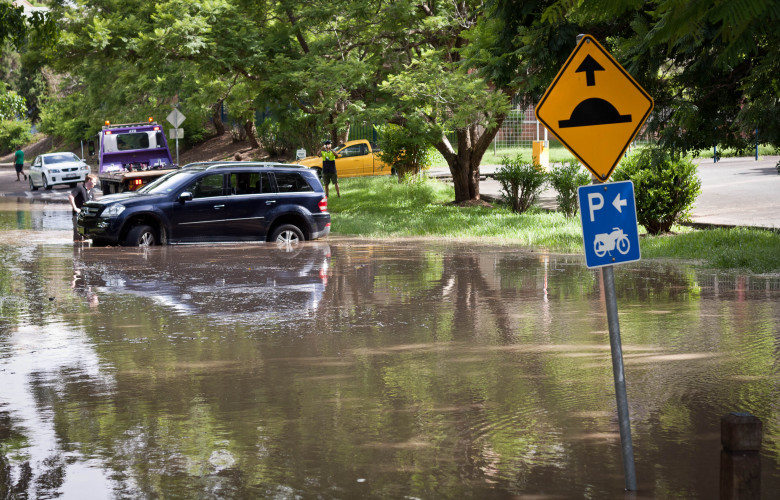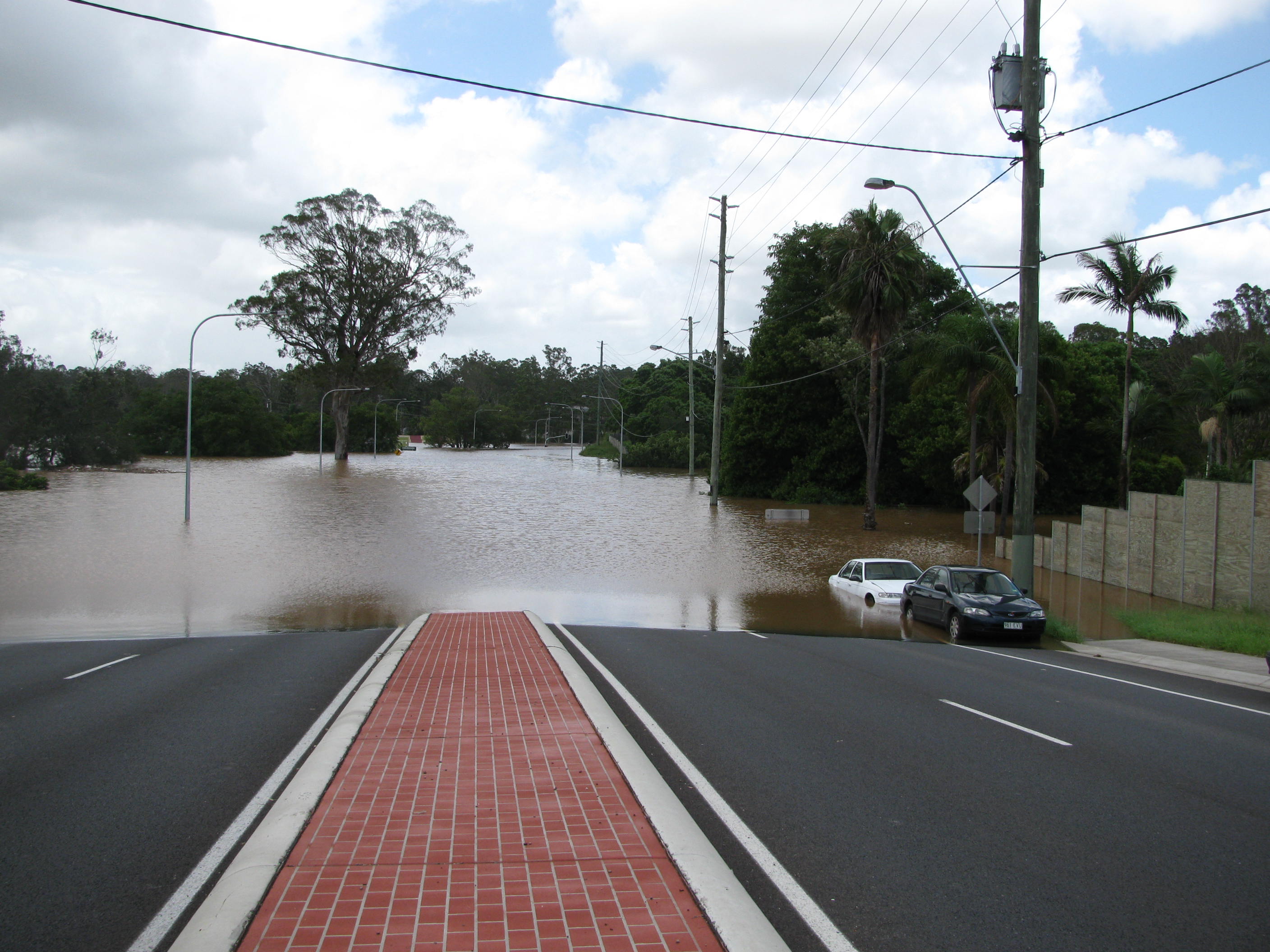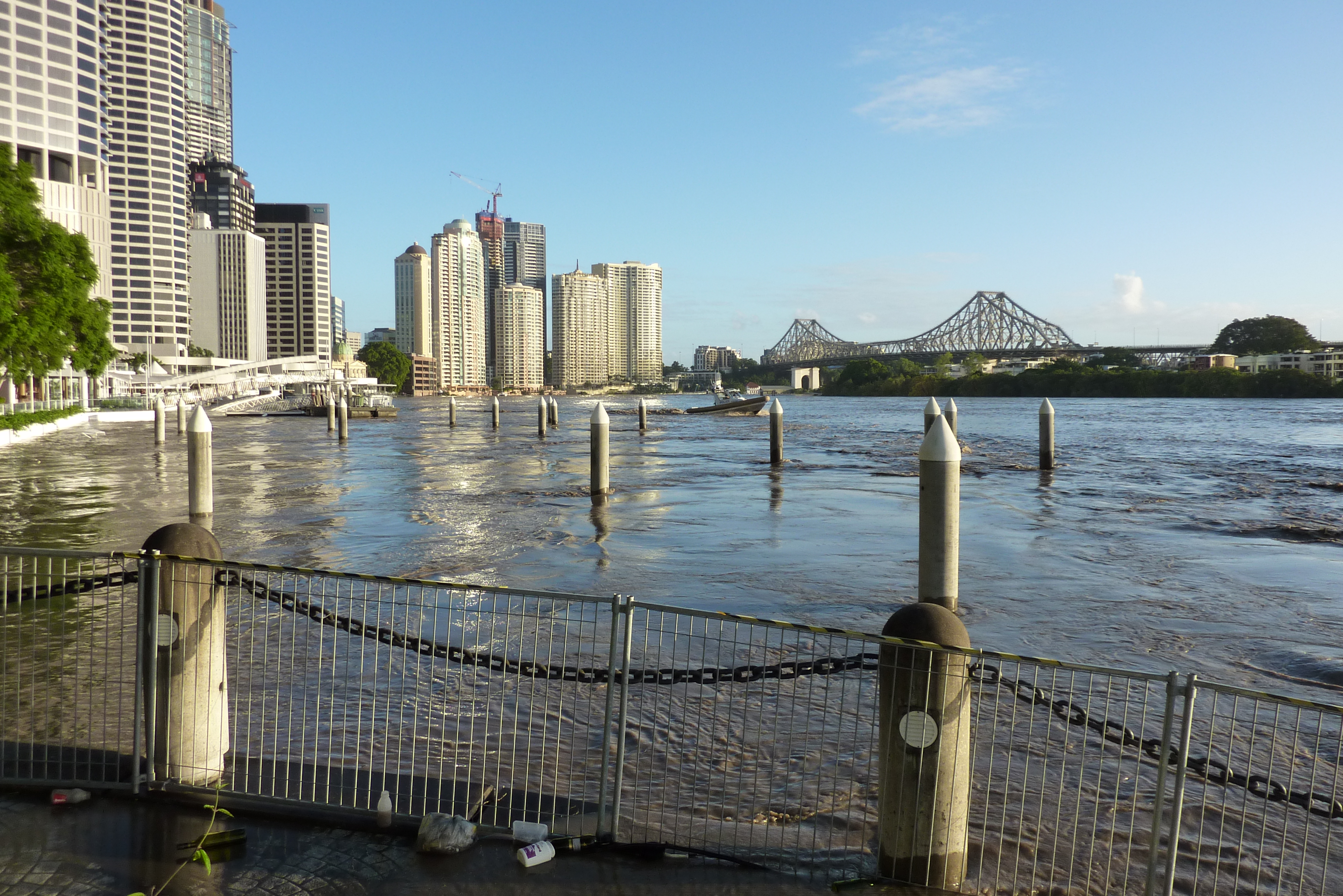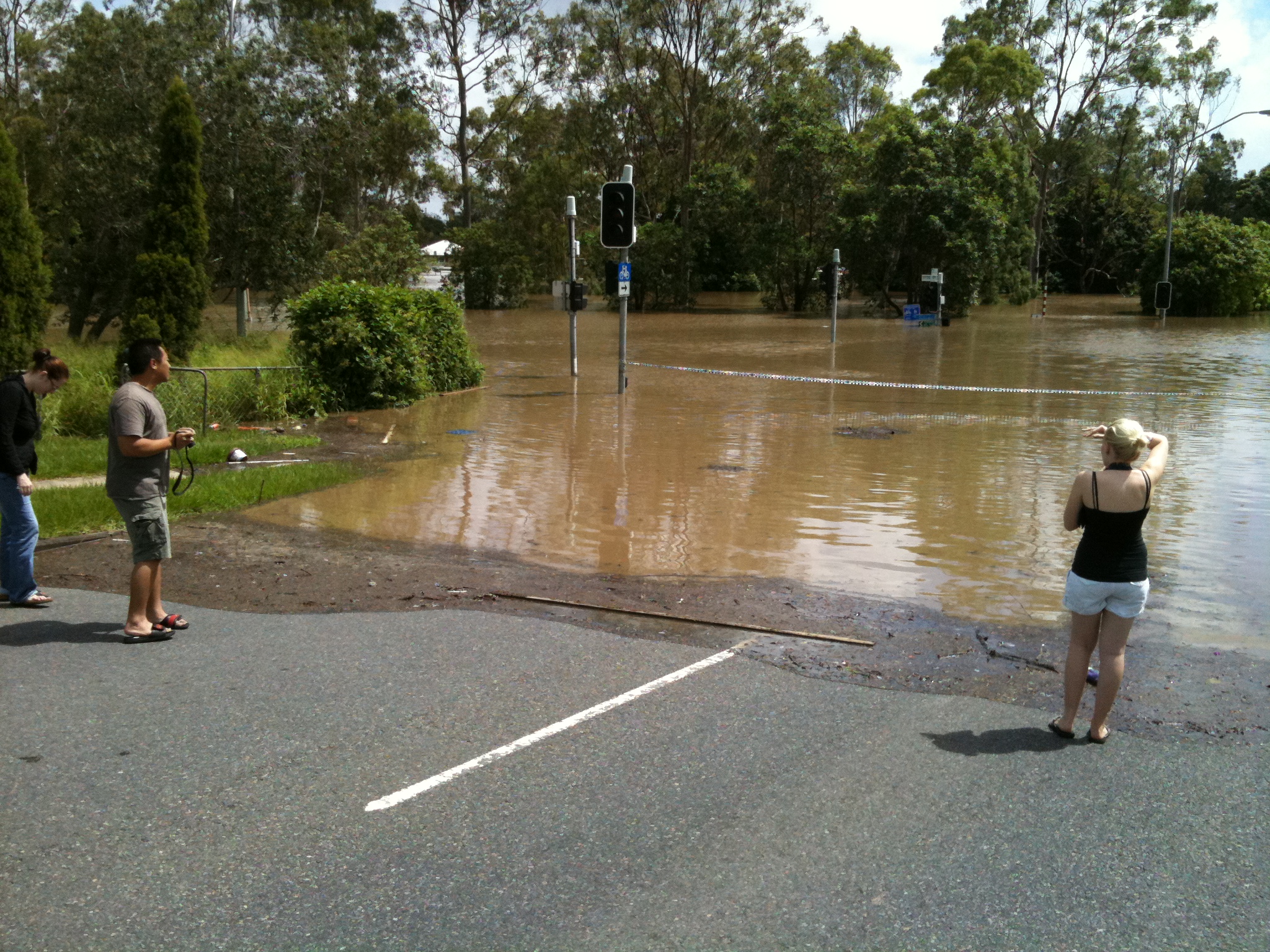House prices in Brisbane's flood-prone areas float to the top
Contact
House prices in Brisbane's flood-prone areas float to the top
Property prices in high-risk suburbs are outstripping the rest of the city as buyers gamble on flood-prone zones, but experts warn you should look before you leap.
The 2011 Brisbane floods don't appear to have dampened the appetite of home buyers. Much like the floodwaters, prices in flood-prone suburbs continue rising, as buyers gamble their luck.
That's according to data from CoreLogic, which shows 19 of the 20 suburbs affected by the Brisbane floods are outperforming house sales across the rest of the river city.
Fig Tree Pocket saw the highest amount of growth over the past five years jumping 52.7 per cent compared to the Brisbane average of 26.7 per cent.
"Some of the sales in Fig Tree Pocket that have recently traded for $6 million and over were severely flooded, so there is some activity. Have the floods had an impact on the values? Yes, but to what degree depends on how severely the house was flooded," listing agent with McGrath Estate Agents, Alex Jordan told WILLIAMS MEDIA.
"Now we're finally getting back to the prices we were getting before the floods for the homes that were completely inundated. For example, you would have purchased a home for $3 million in 2010 for a home on the river - those homes are now selling for a similar sum after all this time."
Universal Buyers Agents property expert, Darren Piper told WILLIAMS MEDIA that buyers are more focused on the investment potential rather than the risks associated with buying in a flood-prone zone.
Pictured: The suburb of Kenmore under floodwaters in the 2011 Brisbane floods. Image by Rob Webb via WikiCommons“You would think that the perception among buyers would continue to see these areas as risky or negative, but anecdotally we’ve seen the complete opposite," Mr Piper said.
“Some of these areas, particularly around the western suburbs are skyrocketing, seeing some of the best price growth in years," Mr Piper said.
"Funnily enough the inner west market is performing well and the river is wrapped right around it, so you do see a few little pockets like that which are flood-prone that are performing really well," Mr Jordan affirms.
Mr Piper says the close proximity to the Brisbane river combined with the unique nature and aspects of riverside living means these areas will continue to be a hotly sought-after opportunity for buyers.
But he warns buyers should weigh up the risks and seek the advice of a professional before being sucked in by the promise of high return.
"Although house prices may be trending higher, buyers should do their homework to find out how their insurance costs could increase, and how potential maintenance costs and ongoing concerns could affect their investment long term," Mr Piper said.
Pictured: Brisbane river during the 2011 floods. Image by Andrew Kesper via WikiCommons.
Mr Jordan says the high insurance premiums are more likely to put buyers off than the possibility of flooding.
"Flooded properties attract a premium from $4,000, but I've even seen $14,000 per annum to insure a house. That insurance premium is based on how badly flood affected a house was.
"If the entire house went under, that attracts a pretty big insurance premium from $8,000 to $10,000 minimum, so there seems to be resistance on that - not to the degree that it won't sell, there is a market for it, but it has impacted on the price there's no doubt about that," Mr Jordan said.
Mr Piper says it's quite unlikely that Brisbane will see another flood like the 2011 one.
“If you consider the fact that another one in a hundred year flood happening again is very low, you can see why buyer perceptions have shifted," says Mr Piper.
Mr Jordan says that while there is a portion of the market that won't go near flood-prone suburbs, most buyers are savvy enough to realise the risk of the 2011 floods happening again are slim.
"If you look at the context in which the floods occurred, it was more or less man-made by releasing the water from Wivenhoe Dam too quickly. The irony is they built that dam to protect Brisbane from flooding, but that's exactly what ended up causing it.
Pictured: The suburb of Yeronga under floodwaters during the 2011 floods. Image by David McKelvey via WikiCommons.
"Given that the previous flood was created by humans, not too many buyers are concerned it will reoccur. The Wivenhoe Dam operators have been sued massively, there are huge litigations and class action taken against them, so I don't think they'll make that mistake again," Mr Jordan said.
Mr Jordan says he would certainly buy a property in a flood affected area.
"It's not something that scares me off - my main concern would be the insurance premium. If it means I have to pay $10,000 to $12,000 per year, then there would be some hesitation."
Mr Piper says buyers should weigh up the risks versus rewards.
“But despite the opportunity, it is not without risk. Given the challenges, it is worth employing a property expert to help you weigh up the positives versus the risks and make sure you’re making the best decision," Mr Piper said.
Related reading:
Brisbane property market coming alive
Highest and lowest performing suburbs North vs South of the Brisbane River








